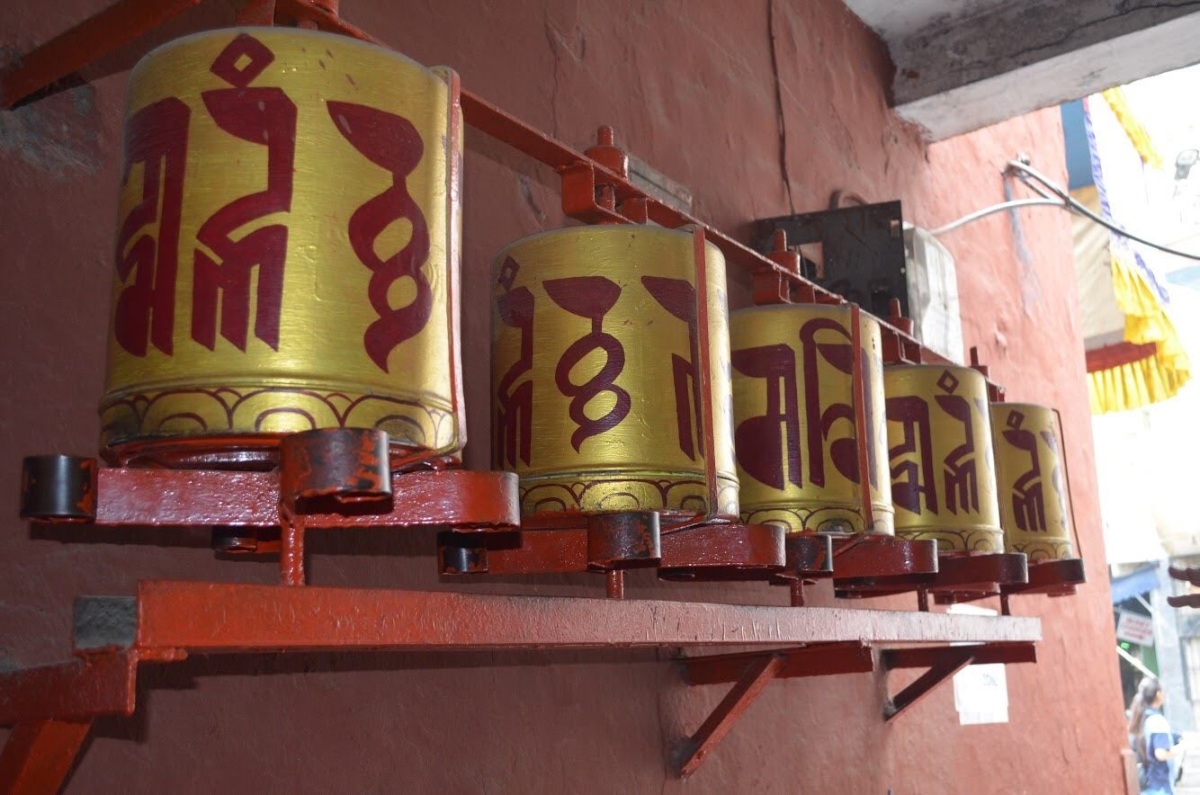A Tibetan still wishes and hopes to have a land on this earth for his final stay. He reconciles his fate while giving this statement as even today, he is five hundred miles away from home.
Tibet is unfortunately a country whose existence is still a topic of debate rather than a topic of policy discussion. This has so far led to no productive conclusions, and this has not helped the fact that Tibet is currently undergoing a human rights crisis.
An area should at least have a geographical boundary, population, sovereignty, and a government to claim itself as a country. Tibet has the population and the government, but the other two factors are still missing, thus constraining Tibet to be a Nation-State. This has kept the citizens of the country displaced as an immigrant population.
A sense of belonging for Tibet and the nostalgic admiration for their motherland can be found at Majnu ka Tilla, or Mini-Tibet, or The Tibetan Colony in Delhi.
From the colored flags at the entrance and the authentic aromas, from the Buddhist monastery to the narrow paths full of Tibetan food, the ethnic elements showcasing Tibet’s rich culture and heritage are overwhelming. You can quickly forget that you are actually in a metropolitan New Delhi.
This is not just an established refugee colony, however. It is more of a silent protest, or a peaceful plea from the people to meet their roots. It’s important to remember that to them, all of this is nothing, it’s simply their home in exile.
“Where we love is home – home that our feet may leave, but not our hearts.” – Oliver Wendell Holmes, Sr.
Furthermore, acts of apathy from the Chinese government grew stronger and evoked the people when the PRC declared “Chinese-occupied Tibet” as an extended Chinese territory, forcing more Tibetan residents to flee from home. This repression led to rising slogans called Rangzen, the slogan of resistance against oppression and their undying struggle for freedom.
India, despite Chinese threats, is in favour of protecting Tibetan refugees, who came fleeing through the country of Nepal before entering India. Their gratitude was however foreseen in the interviews I took, but still some Tibetans resisted this thought.
While all the native Tibetans may dream of a visit to Tibet as salvation, or to touch their motherland before they die, Tibetans born in Delhi have no such aspirations. Moreover, many have not even visited Tibet. They are also the ones who face a massive identity crisis, consequently pointing towards the dislike towards both the countries and their laws. Such instances reflect numerous degrees and variations of Rangzen, true freedom.
While jotting down all my memories of the day, I accidentally witnessed a glimpse of Earth, broken boundaries yet united people who are together forever.
Despite emigration being an old age phenomenon, for Tibet, it’s been around 58 years, since 1959, Nehru’s agreement to their assistance and a promise of a a government in exile at Dharamshala, Himachal Pradesh and a settlement of Dalai Lama, in order to protect the political and spiritual grievances of Tibetans.
Ever since then, Majnu ka Tilla has become a transient settlement where slogans of Rangzen revive even in the wind that blows and the soil that erodes but for others, it is nothing more than an exotic shopping spot.
